Loctite is known to make some of the most reliable and best adhesives you can buy in the market, and if you’re looking for a threadlocker, you have multiple options.
Loctite itself has multiple threadlockers you can choose from, depending on which purposes you’ll be using it for.
Loctite 263 and 271 are high-strength adhesives, and the 262 is one of Loctite’s medium/high-strength adhesives for smaller-sized screws.
So, which one should you go for in the Loctite 262 vs. 263 vs. 271 battle? In this article, I’ll review their features, specifications, and differences, so keep reading for an informed choice.
Read More: Loctite 262 vs. 272
Overview of Loctite 262
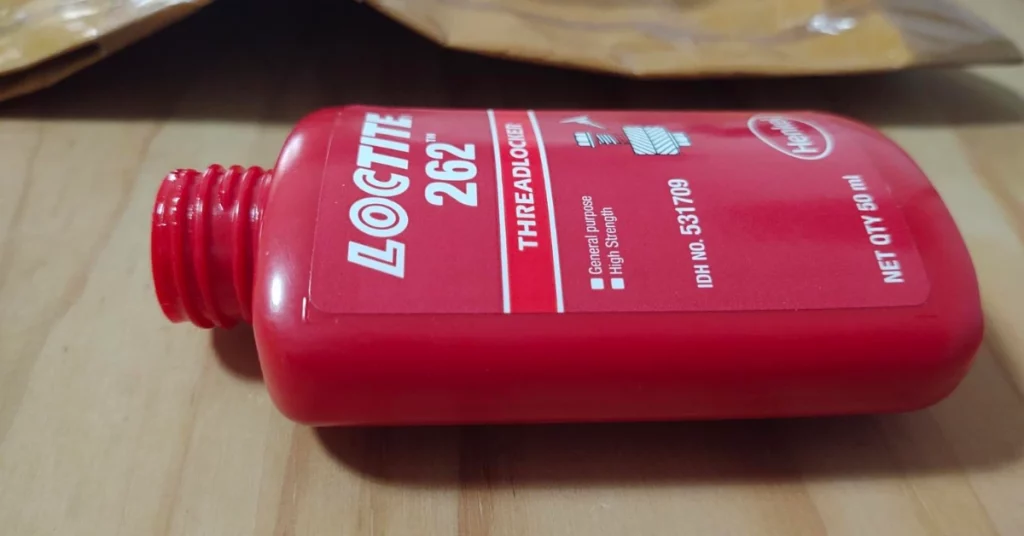
Loctite 262 is a medium to high-strength adhesive made by Loctite Henkel, which you can use with any metal surface and multiple substrates. You can use the 262 for smaller-sized screws or fasteners smaller or equal to a quarter-inch size.
The 262 is a red-coloured threadlocker from Loctite-Henkel, which indicates it’s a high-strength threadlocker for permanent adhesion. The 262 is a methacrylate-based threadlocker offering superior adhesive capability since it is resistant to vibration.
The 262 is a single-component-based adhesive so using it for beginners is easy since there is no further mixing involved. Furthermore, the 262 has high endurance against slight contamination of industrial oils, which you can expect if you use it for your gearboxes or pumps.
The Loctite 262 has a speedy fixture time for brass- around 8 minutes; the fixture time for steel and stainless steel is 15 minutes and 3 hours, respectively. Furthermore, the bondline gap in components you use the 262 for also impacts the cure rate.
Read More: Loctite 263 vs. 270
Overview of Loctite 263
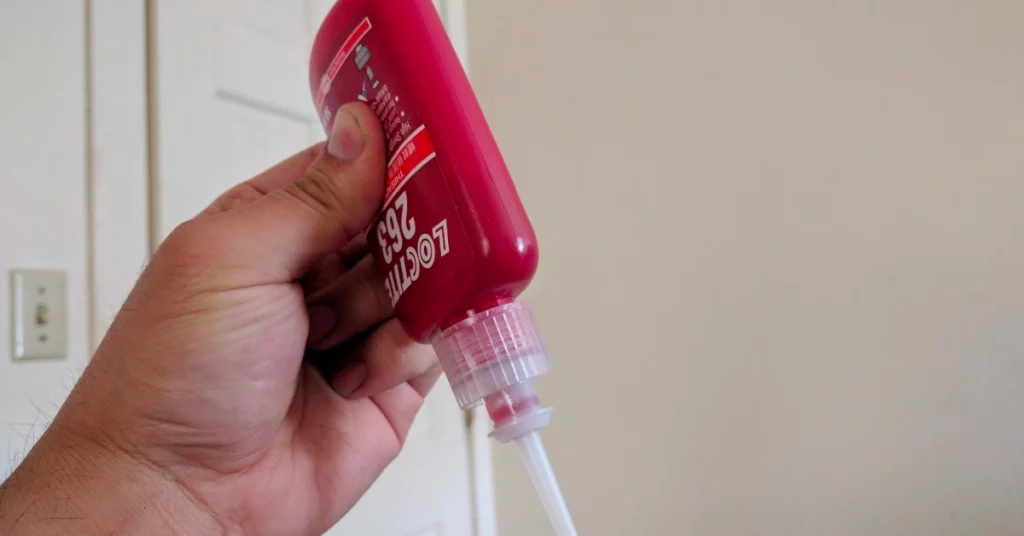
The Loctite 263 is a high-strength threadlocker made by Loctite-Henkel and is meant for heavy-duty industrial or at-home usage. The 263 is also a red-coloured threadlocker by Loctite, indicating its high-strength adhesion capabilities.
You can use the 263 for screws and fasteners, which you don’t plan to disassemble in the future since it creates a permanent bond.
The 263 is a methacrylate-based adhesive which is also vibration resistant, so you can use it for components and parts that go through constant motion or vibration.
The 263 works well with all metals and would be a superior choice for you if the surface is of active metals like brass or copper. Furthermore, the 263 also works well on passive substrates like stainless steel.
The 263 is a heavy-duty industrial-strength adhesive, and when it cures completely, it prevents components from loosening from vibration or leakage from shock. Furthermore, the 263 is also tolerant to minor surface contamination from various industrial oils like – cutting, lubrication, anti-corrosion and protection fluids.
Loctite 263 takes over 24 hours to cure fully, and the cure rate depends upon factors like – materials or substrates used, bond gap, temperature and whether you use an activator.
Read More: Loctite 277 vs. 271
Overview of Loctite 271
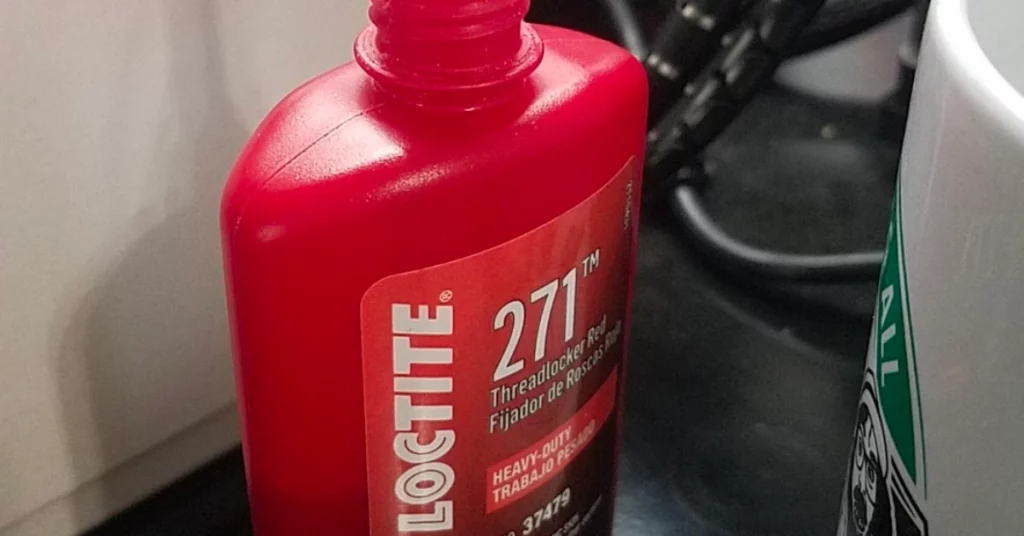
The Loctite 271 is a methacrylate-based threadlocker made by Loctite-Henkel and comes in red. The 271 is a high-strength adhesive for permanently locking or sealing screws or fasteners.
Loctite 271 has low viscosity, so it cures faster than many other alternatives. It works well with all metals and a few substrates. It works well with active metals and passive substrates, and you can use it with brass, steel or stainless steel.
The 271 adheres permanently, and you can use it for components you don’t plan to disassemble. However, it would be possible to disassemble the glue, but it requires a few extra steps. Alongside torque, you also need to heat or special chemicals during the disassembling procedure.
Because of the low viscosity, the 271 has a comparatively faster fixture time than other alternatives. It cures anaerobically, and you can use activators to speed up the cure time. Some other factors like – bond gap and temperature also have an impact on the cure rate.
Read More: Loctite 515 vs. Loctite 518
Loctite 262 vs. 263
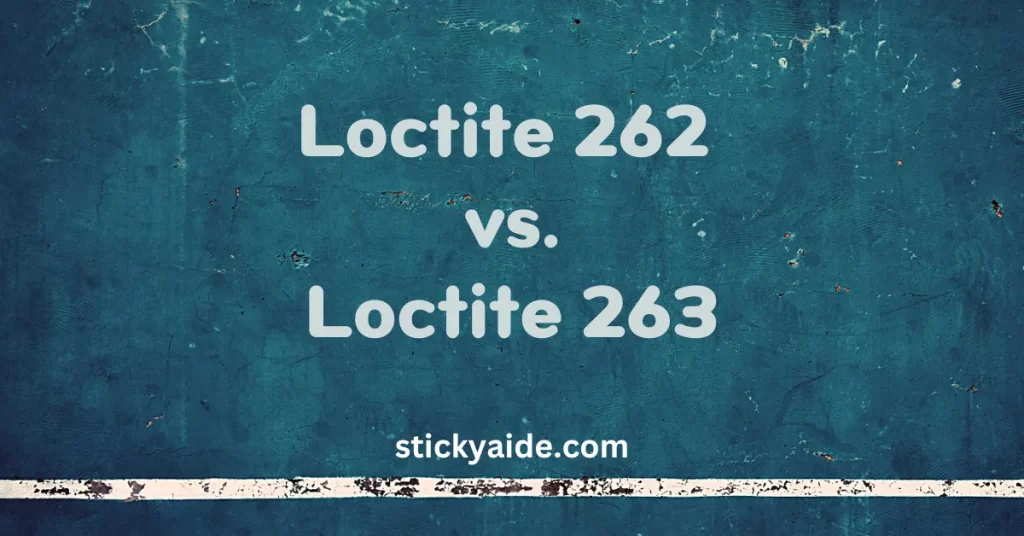
Difference Between Loctite 262 and 263
Now that I’ve reviewed the specs and features of the Loctite 262, 263 and 271, let’s examine their differences.
Viscosity and Set Time
The Loctite 262 is a thixotropic adhesive with medium viscosity, and it starts to set within 5 minutes, with a complete cure taking up to 24 hours.
On the other hand, the 263 is a low-viscosity adhesive and starts to cure within 10 minutes, with a complete cure taking up to 24 hours.
Compatibility
You can use the Loctite 262 with fasteners and screws up to 19 mm in size. It will work perfectly for M10 bolts.
The 263 can be used for fasteners and screws up to 25 mm in size, and you can use it with – M6, M10 or M16 bolts and grade-2 or grade-5 3/8 x 16 steel nuts.
Common Usage
You can use the Loctite 262 and 263 for gearboxes, pumps and more components. You can use them for ring gear bolts, transmission shaft bolts, or more.
Loctite 262 vs. 271

Read More: Loctite 270 Vs. 271
Difference Between Loctite 262 and 271
Viscosity and Set Time
The 262 is a thixotropic adhesive and has a medium viscosity. After application, it takes roughly 5 minutes to start setting, and a full set time takes around 24 hours.
The 271 is a low-viscosity adhesive and starts to set within 10 minutes, with a complete cure within 24 hours.
Fixture Time
The 262 has a fast fixture time of only 8 minutes for brass and 15 for steel. The fixture time for stainless steel can take up to 3 hours.
Loctite 271 has an even faster fixture time of 5 minutes for brass and 10 for steel. The cure time for stainless steel is reduced to only 15 minutes.
Compatibility
The Loctite 262 is ideal with fasteners and screws up to 19 mm in size. It will work perfectly for M10 bolts.
You can use The 271 with fasteners smaller or equal to 25 mm in size. It works well with M10 bolts and grade-2 or grade-5 3/8 x 16 steel nuts.
Typical Usage
Loctite 262 is a medium to high-strength threadlocker and can be used for gearboxes or pumps. You can use it for bolts on the transmission shaft, ring gear or cylinder block.
The 271 is an industrial-grade high-strength threadlocker, and you can use it for various components like – shock-absorber mounts, wheel studs or suspension fasteners.
Loctite 263 vs. 271
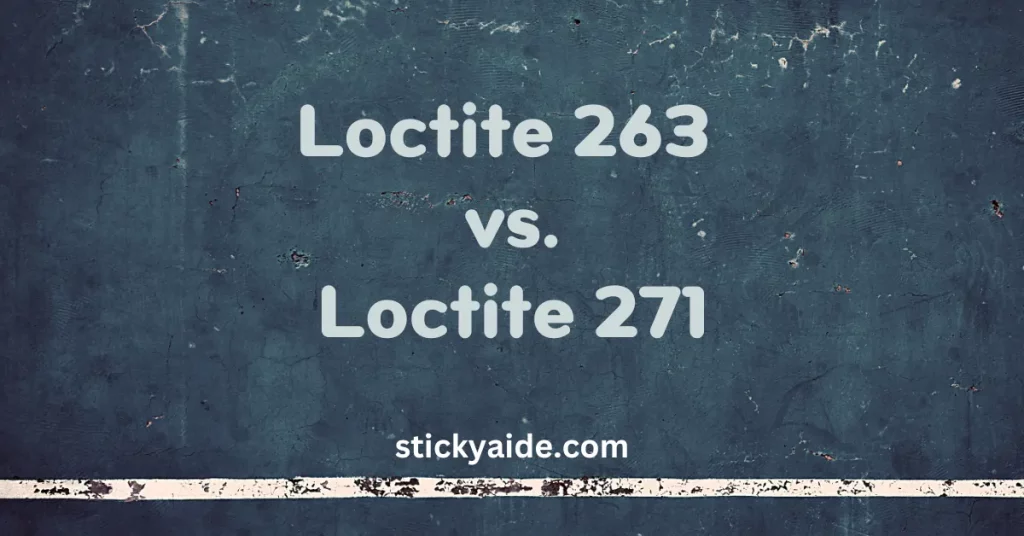
Difference Between Loctite 263 and 271
Viscosity and Set Time
Loctite 263 and 271 are both low-viscosity adhesives with a similar set time.
Both start to set within 10 minutes, with a complete cure taking around 24 hours.
Compatibility
You can use the 263 for fasteners and screws up to 25 mm in size, and you can use it with – M6, M10 or M16 bolts and grade-2 or grade-5 3/8 x 16 steel nuts.
You can also use the 271 with fasteners smaller or equal to 25 mm in size. It works well with M10 bolts and grade-2 or grade-5 3/8 x 16 steel nuts.
Common Usage
Loctite 263 is a high-strength threadlocker and can be used for gearboxes and pumps, among other components.
The 271 is also a high-strength adhesive, and you can use it for various components like – shock-absorber mounts, wheel studs or suspension fasteners.
Read More: Loctite 222 vs. Loctite 222ms
Last Opinion
The Loctite 262, 263 and 271 each are excellent threadlockers with superior capability. Depending on your wants and needs, you can go wrong with either of them. So, which one should you pick between Loctite 262 vs. 262 vs. 271?
You can go for the 262 if you plan to use it for fasters, smaller or equal to 19 mm in size. For larger screws or fasteners, you can go with the 263 or 271 based on which component’s fastener you’ll be using it on.

